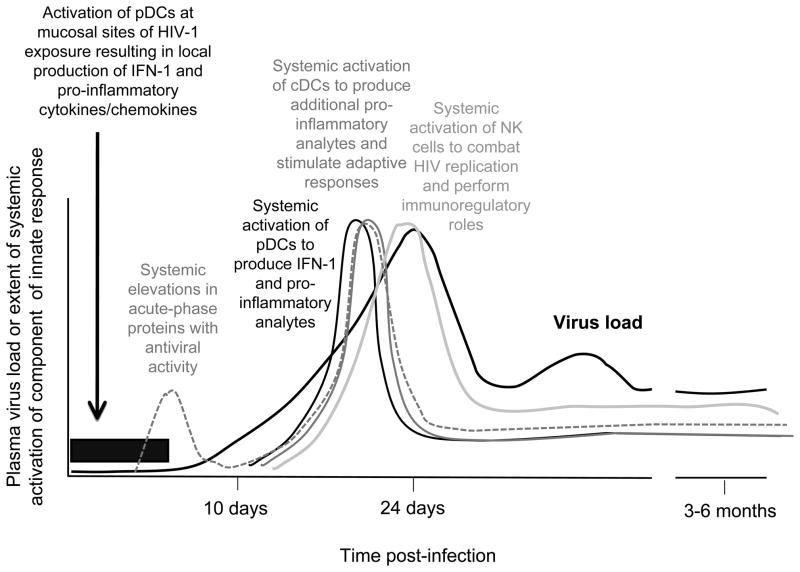Figure 2. Diagram illustrating the dynamics with which innate responses are activated during AHI.
pDCs are recruited to mucosal sites of HIV-1 infection within hours of viral exposure, and produce pro-inflammatory cytokines and chemokines that attract CD4+ T cells to the transmission site hence facilitating viral replication, plus IFN-1 that mediate local antiviral activity. Systemic activation of innate responses is triggered as widespread virus dissemination occurs. There is rapid activation of pDCs and cDCs associated with elevations in plasma levels of multiple innate cytokines and chemokines, followed by activation and expansion of NK cells. Although innate effector mechanisms contribute to control of virus replication, the intense systemic immune activation simultaneously promotes viral replication. The initial intense activation of innate responses is not sustained after the acute viral burst, but a heightened state of activation continues to be maintained after viremia is contained. This chronic up-regulation of immune activation is thought to be an important factor in HIV-1 pathogenesis.

